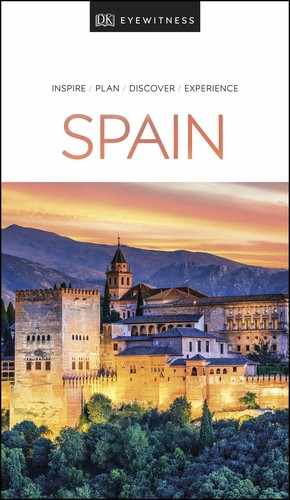Galicia

t A Coruña’s elegant town hall, standing on Praza de María Pita
Experience Galicia
The oldest evidence of early humans in Galicia dates back around 120,000 years. By the time the Roman conquerors arrived in the 2nd century BC, the area was inhabited by the Celtic Gallaeci, from whom the region takes its name. After the fall of the Western Roman Empire, Galicia existed as an independent kingdom, first under the Suebi people (whose conversion to Christianity saw Galicia officially adopt the religion) and then the Visigoths. Following a brief occupation by the Moors, Galicia was reconquered by Christian forces and subsumed into the Kingdom of Asturias, which was itself later absorbed into the Kingdom of Castile.
The discovery of the supposed tomb of St James the Apostle in the 9th century AD confirmed medieval Santiago de Compostela as Europe’s most important religious shrine, after St Peter’s in Rome. Pilgrims from beyond the Pyrenees first flocked to this holy site along what became the Camino de Santiago in the 11th century, following the scallop shells that line the route.
The establishment of a central Spanish state in the 15th century saw Galicia’s distinct culture and language, galego, sidelined. This erosion persisted until the 19th century, when the Rexurdimento (revival) of all things Galician began in earnest, particularly the use of galego as a literary language. Franco’s regime suppressed this resurgence until his death, after which Galicia regained its autonomy in 1981, and its culture was fiercely celebrated once more. Today, galego is an everyday language, spoken fluently by over half of Galicians.
